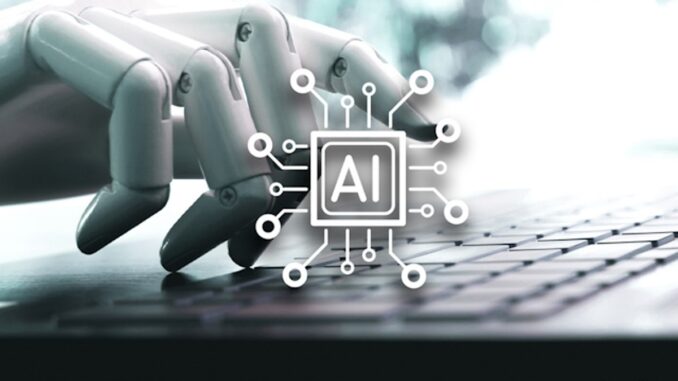
Building robust AI systems capable of delivering high performance and meaningful insights requires several essential components and best practices.
Here’s an overview of the critical elements necessary for the successful development and deployment of effective AI systems:









1. High-Quality Data
Data is the foundation of AI. Robust AI systems depend on the availability of high-quality, relevant, and diverse datasets. Essential aspects include:
Data Accuracy: Ensure the data collected is accurate and reliable.
Completeness: Address missing values and ensure datasets are comprehensive.
Consistency: Standardize formats and structures to avoid discrepancies across sources.
Diversity: Use diverse datasets to minimize bias and improve model generalization.
2. Data Integration and Management
As discussed earlier, integrating various data sources is crucial for capturing a holistic view. Essential practices include:
Data Warehousing: Use data warehouses or lakes to centralize data and support analytical processes.
ETL / ELT Processes: Implement efficient extract, transform, and load processes for varying data sources.
Metadata Management: Maintain clear documentation of data lineage, structures, and transformations to enhance understanding and governance.
3. Feature Engineering
Identifying and engineering relevant features from raw data is key to enhancing model performance. This involves:
Domain Knowledge: Applying expertise to determine which features will be most impactful.
Feature Selection and Extraction: Implementing techniques to identify important features while reducing dimensionality.
4. Algorithm Selection and Model Development
Choosing the right algorithms and models based on the problem type is fundamental. This includes:
Model Selection: Evaluating and selecting algorithms (e.g., regression, decision trees, neural networks) that align with the task (classification, regression, clustering, etc.).
Hyperparameter Tuning: Optimizing model training by adjusting hyperparameters to improve performance.
Ensemble Methods: Combining multiple models to enhance accuracy and robustness.
5. Training and Validation
Proper training and validation processes are crucial for effective model deployment:
Cross-Validation: Use techniques like k-fold cross-validation to evaluate model performance robustly.
Overfitting Prevention: Implement strategies (e.g., regularization, dropout) to prevent models from memorizing training data and failing to generalize.
Performance Metrics: Define clear performance metrics (e.g., accuracy, precision, recall, F1 score) suitable for the task at hand.
6. Scalability and Performance Optimization
Robust AI systems should be designed for scalability and optimized for performance:
Distributed Computing: Leverage cloud platforms and distributed computing frameworks to handle large datasets and workloads efficiently.
Performance Monitoring: Implement monitoring to track system performance and detect bottlenecks in real time.
7. Deployment and Integration
The deployment of AI models into production environments is a critical step:
Model Serving: Use model serving platforms to make predictions accessible via APIs.
Continuous Integration/Continuous Deployment (CI/CD): Automate workflow for seamless integration of updates and new features.
8. Monitoring and Maintenance
Post-deployment monitoring is essential for ensuring ongoing model reliability:
Model Drift Detection: Implement tools to monitor for and detect changes in data patterns (i.e., concept drift) that can affect model accuracy.
Retraining Pipelines: Maintain a system for retraining models on new data to keep them current and effective.
9. Ethics and Governance
Building AI systems responsibly includes ethical considerations and proper governance:
Bias Mitigation: Proactively identify and mitigate biases in both data and models to prevent unfair outcomes.
Transparency: Ensure transparency in AI decision-making processes to help users understand how outcomes are derived.
Regulatory Compliance: Adhere to legal and regulatory standards (e.g., GDPR, CCPA) applicable to data usage and privacy.
10. Interdisciplinary Collaboration
The development of robust AI systems often requires collaboration between various disciplines:
Team Collaboration: Foster collaboration between data scientists, software engineers, domain experts, and stakeholders to align technical solutions with business objectives.
Knowledge Sharing: Promote continuous learning and knowledge sharing within teams to improve practices and approaches.
Conclusion
Building robust AI systems that can effectively address complex challenges relies on a combination of high-quality data, effective methodologies, continuous monitoring, ethical practices, and interdisciplinary collaboration. By focusing on these essential components, organizations can develop AI systems capable of delivering significant value and insights across various applications.

Leave a Reply